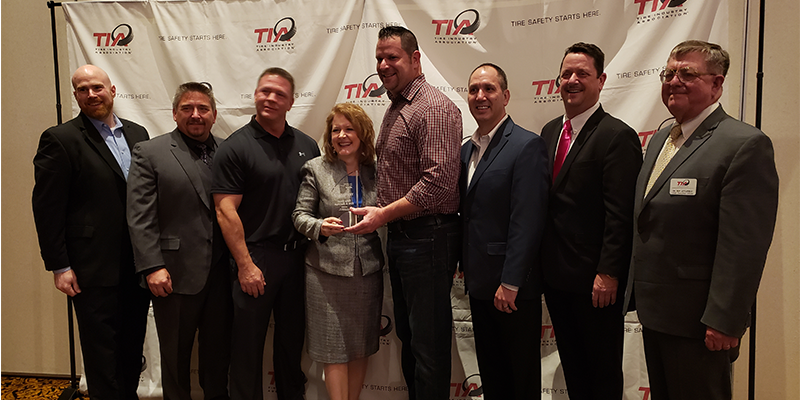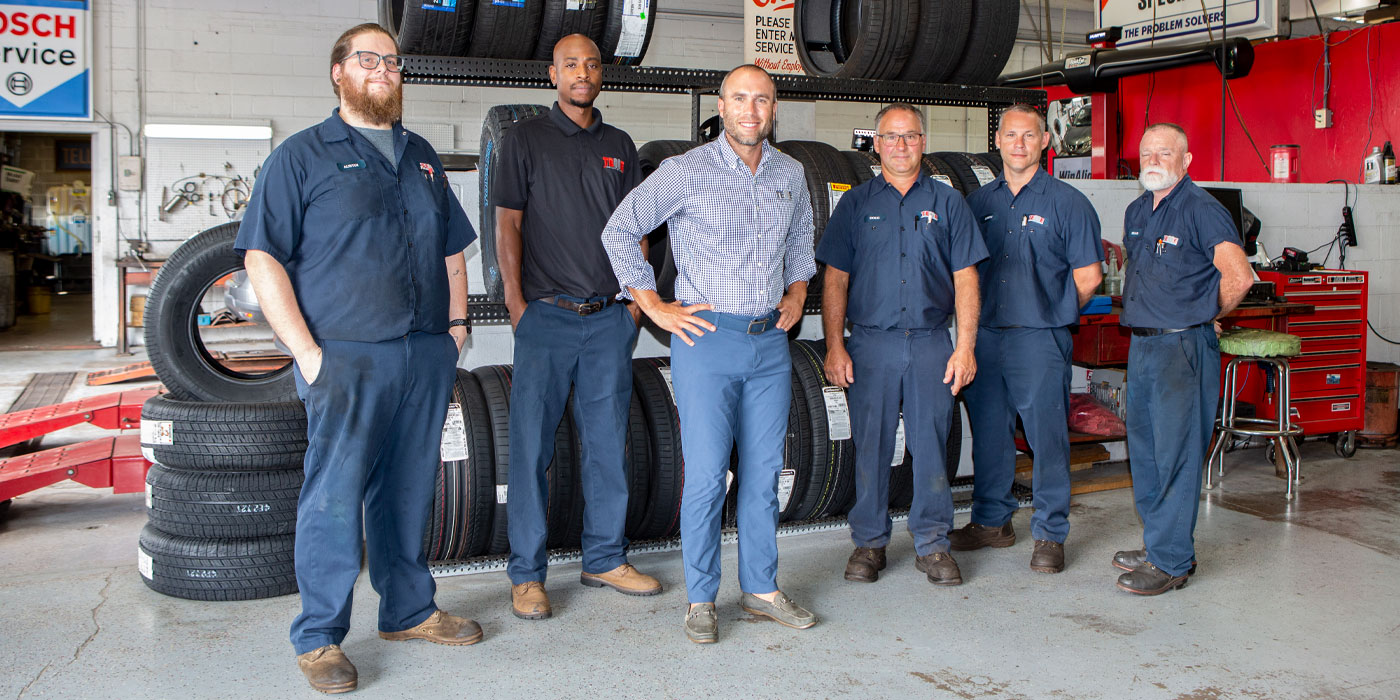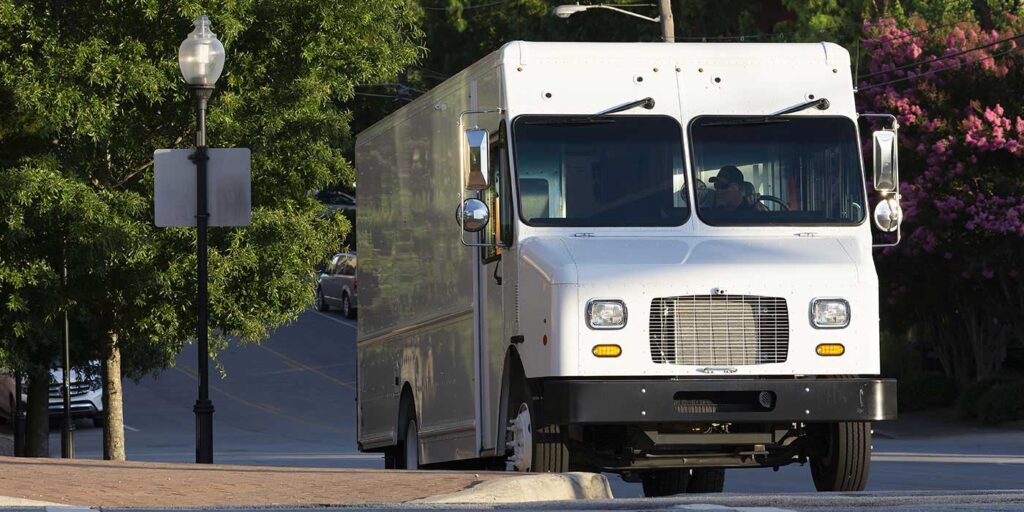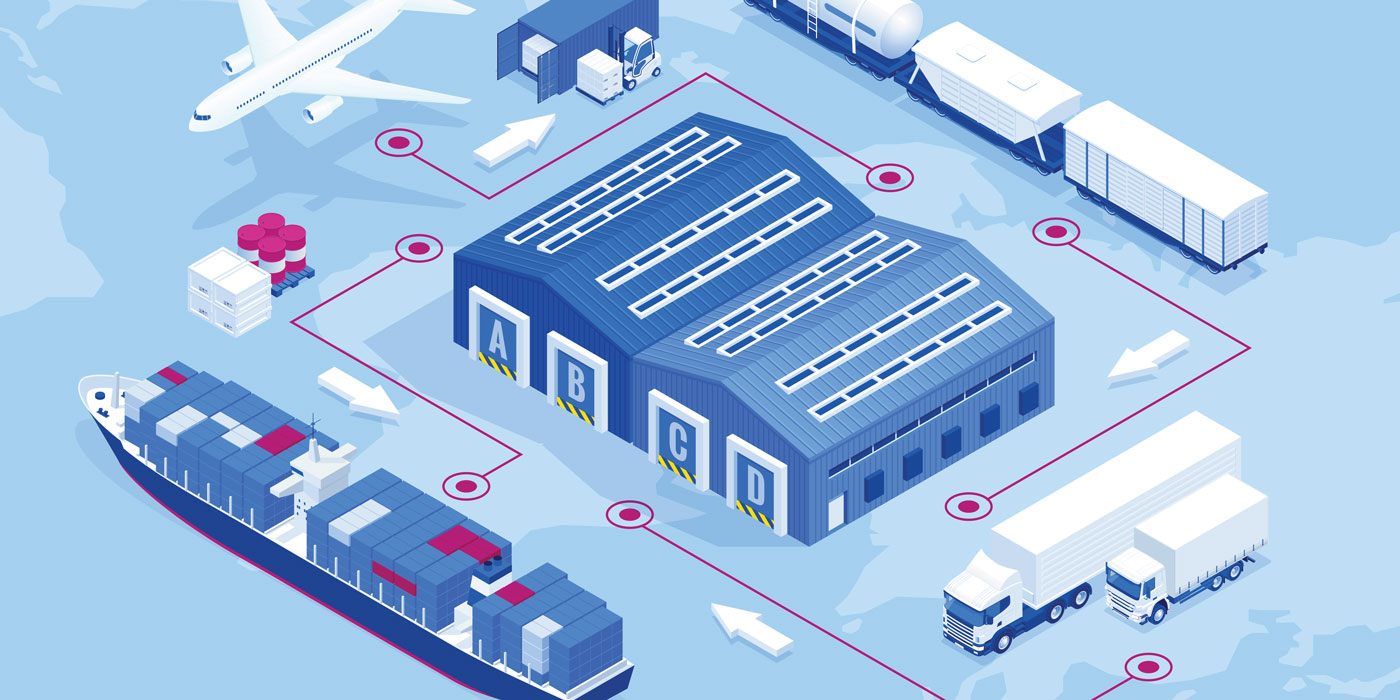Welcome to our Business Finance Guide issue for November 2018 and special thanks to the folks at Snap Finance for their support of the section.
Speaking of business, today it seems that the majority of tire dealerships make their money selling a combination of tires and/or service work – everything from basic brake and alignment work to advanced drivability solutions. And there are a bunch of shop owners out there who believe that the best way to increase revenue is to grow the service side of the business. The assumption is that service work is more profitable than selling tires, yet more revenue might not always mean more profit after expenses.
To better illustrate this, we offer you a very special digital worksheet we’ve named the “I Love Tires” tool to help you evaluate what mix (tires versus service) makes the most sense for your shop. Read about it in detail here. (Special thanks to Dave Crawford and the Babcox Media digital team for sharing their expertise on this.) The information you gain from the use of this tool should prove useful as you navigate your business through what could be interesting days ahead.
I think it’s safe to say that 2018 has been one of the more interesting years in recent tire-industry history. From acquisitions and consolidations to partnerships and bankruptcies, change has been the constant – and we’re still in the early innings of what’s to come.
In the September 2018 issue, I mentioned the anticipated changes in the retail tire landscape and its eventual fragmentation – a concept that I said I would tackle in an upcoming column. And a few weeks after that issue hit mailboxes, Goodyear announced its “Roll” program, which mirrors one of the evolved business models I’m anticipating. But before I get into that, let’s first look at what might be coming next.
With a convergence of trends and industry changes putting more pressure on the independent tire dealer, that pressure may result in a seismic shift in today’s typical business model into one of three more focused approaches.
As mentioned earlier, the tire retail space is quickly evolving into three distinct business models:
- Quick install shops
- Advanced mobility and performance specialists
- A tire-centric approach with around-the-wheel services.
Let’s explore each of these.
Digitally driven quick install-only shops will be similar to a boutique tire retail experience (like Goodyear’s Roll beta locations) or an oil-change service fast lane. The consumer orders the tires online or via an easy-to-use in-store digital interface has them delivered to the quick install location near them and schedules the installation. The businesses do little more than bust tires all day. Workers need minimal technical training. The business priority is based on speed, volume and convenience for the customer.
Will it catch on? Between growth in online sales and the increasing numbers of tiremakers interested in cutting the number of steps between the tires produced and the end-consumer driving on them, this model will most likely be embraced by manufacturer owners and online retailers, further removing friction from the customer experience. Goodyear’s Roll is among the first of these programs to launch, but I expect others will quickly follow. Mobile tire installation and concierge tire service might also be lumped into this category.
At the other end of the spectrum are the tire dealerships that evolve into “mobility specialists,” staffed with strong, well-trained technicians and the necessary equipment (and pricey software updates) to handle the complexity of tomorrow’s advanced vehicles (like the team at Monroe Tire & Service, a 2017 Top Shop Finalist).
I use Monroe Tire as an example of an early adopter of this advanced approach. The team members there are encouraged to refer to themselves as “mobility gurus” – it’s even embroidered on their shirtsleeves. Shops like this will find it easy to compete against the new-car dealerships, thanks to a culture that celebrates an exceptional customer experience, professionalism and community care. That said, it may require a typical tire dealer by today’s standards to step it up a bit, making a greater investment in people, paychecks, equipment and advanced training to make it work.
And somewhere in the middle are the traditional tire dealers that want to maintain their focus on what they do best – tires. A great example of this model is Tate Boys Tire & Service, our 2018 Top Shop Winner, featured in the October issue. Instead of increasing investment in advanced equipment and the multiple master techs required to diagnose and repair complex sensor-driven systems, this third “future fragment” of tire dealer business models will focus on tires, brakes, alignment, light maintenance and around-the-wheel services. The advanced service work will be sent to the mobility shops or the car dealerships. Over time, the decision will be made to focus on what they do best instead of trying to do it all, creating a trusted, quality experience to capture customers for life.
When you consider the three possible directions, where will your shop be five years from now? Will you be a mobility guru or an installer only? And do you think it could happen, or is it the stuff-and-nonsense of people sitting around talking and thinking big thoughts?
I’d love to hear your view on what’s to come. More important than that, I’d love to hear how Tire Review can help as you guide your business toward that beacon of profitability on the horizon. Let me know what you think at [email protected].














